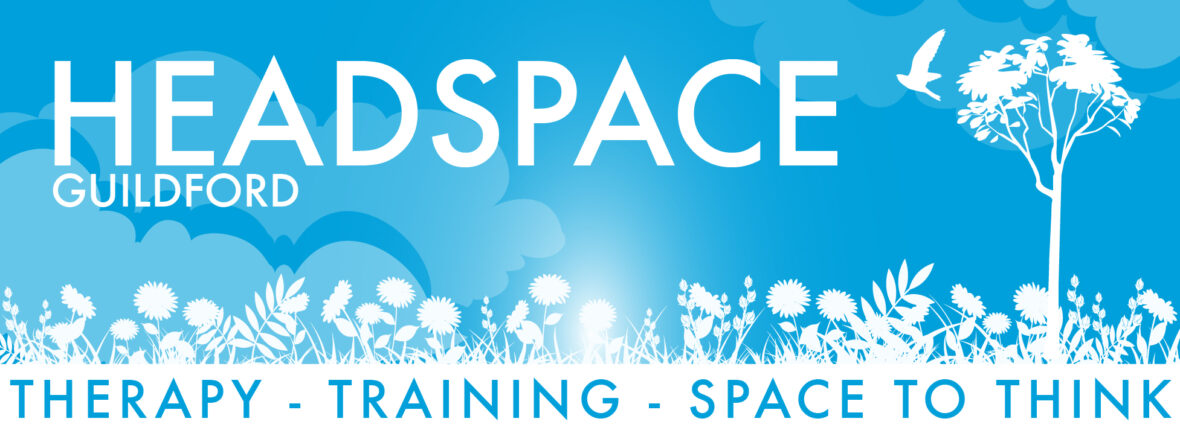We’re all now very familiar with video calls. But you might be wondering what happens in a virtual psychology session. At Headspace Guildford we’ve been doing virtual sessions for over a year now, and have gathered a wealth of experience from our roles at Headspace Guildford and our jobs in the NHS or the community.
Firstly, you might wonder what happens in any session, virtual or otherwise – there are more details on this here. Sessions don’t involve lying on a couch, or in the case of children and young people, just sitting and talking for 50 minutes. They are interactive and honestly, pretty fun. And they’re all about helping you with whatever is troubling you.
So on to virtual sessions. There are lots of ways it’s the same as all our sessions – our focus is on building a relationship with you. It’s important to us that we hear what matters to you and then we build trust that’s needed to work together do some brave things. Brave things that help you with whatever brought you to us in the first place. By brave things I mean like challenging an anxiety or talking about something which has felt hard. Or changing something you thought you couldn’t change.
There are differences too, between a virtual session and face to face. We’re not in the room together so we work harder to create a shared space and a shared understanding. We can’t see beyond the reach of your camera so we’ll ask you if there are other people there or if you can be overheard. We’ll use the whiteboard more to draw things out together and will adapt the games so we can do them over the video. It’s not quite the same when you can’t share a pack of feelings cards, but we’ve got lots of practice of making the session engaging none the less. And we’ll spend more time at the end winding down the session, because there can be that inevitable slump when you switch off your camera at the end of a call and there you are on your own.
Face to face is our preference. It’s the way we work best. We like it the most because there’s so much flexibility. We can play one of our many games and can both have a set of cards/counter etc. We can both contribute together to a drawing or a formulation diagram.
But the pandemic has also given us some new options. We’ve now spent a while using ‘walk and talk’ where you do just that, have a session but out in nature. These work well for young people who don’t want to be on screen but might find sitting opposite each other in a therapy room quite intense or overwhelming. In the face of the immense challenges of the last year this has been a real area of growth and development and we’re very glad to have added it to our repertoire.
But despite face to face being our preference, we’re able to make virtual sessions work well, and in fact some young people and some parents prefer them because they can fit them into their increasingly busy lives or don’t have to arrange childcare to attend.
We hope that in the future, as numbers continue to decline that we will do more face to face. We will probably move to a model where assessments are mainly done face to face and then we talk together about the best format for sessions going forward. As with all other aspects of therapy, this is a shared decision and we’ll work together. All we want is for things to be better and we’ll use our expertise, combined with your knowledge of yourself and your strength and energy to improve things as a team.
